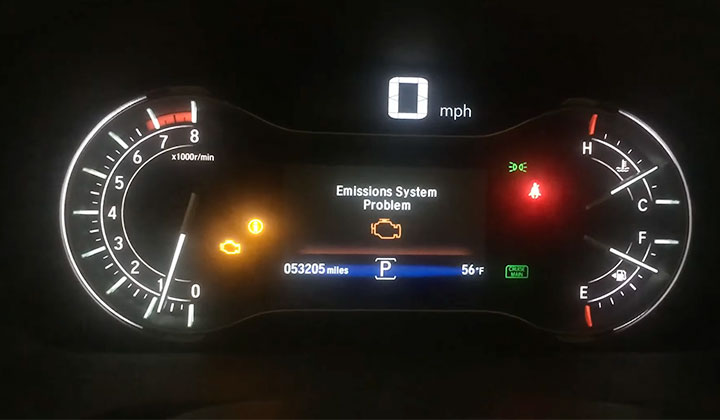Is It Safe To Drive With Emissions Light On
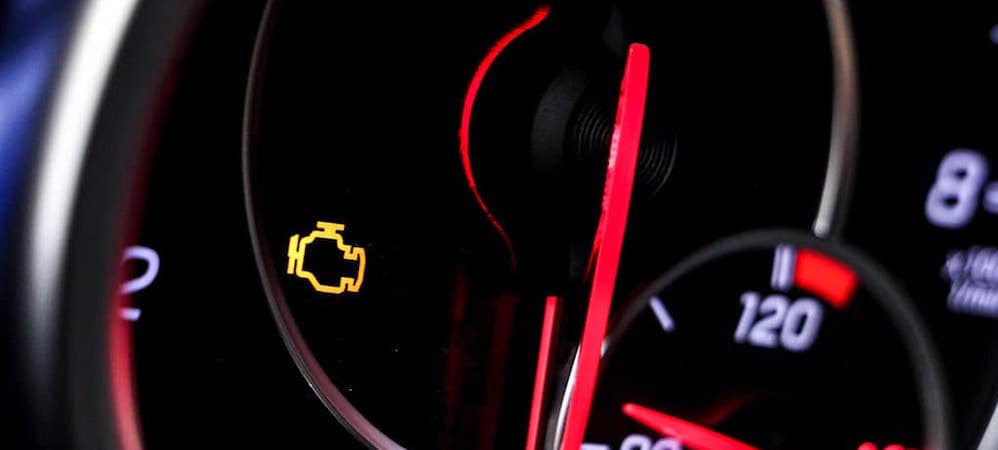
That persistent glow on your dashboard – the emissions light, also known as the check engine light – can be a source of anxiety for any driver. Is your car about to break down? Are you spewing pollutants into the atmosphere? Can you even drive it, or are you risking further damage and a hefty repair bill? Understanding the implications of that illuminated warning is crucial for both your vehicle's health and your wallet.
The emissions light indicates a problem within your vehicle's emissions control system. While it doesn't always mean an immediate breakdown is imminent, ignoring it can lead to more significant issues and increased environmental impact. This article delves into the complexities of driving with the emissions light on, exploring the potential causes, associated risks, and providing guidance on how to proceed safely and responsibly.
Understanding the Emissions Control System
The emissions control system is a complex network of components designed to reduce harmful pollutants released into the atmosphere. This system includes parts like the catalytic converter, oxygen sensors, fuel injectors, and the engine control unit (ECU), which monitors and manages the entire process.
When the ECU detects a malfunction in any of these components, it triggers the emissions light. The severity of the problem can range from a loose gas cap to a serious engine issue.
Common Causes for the Emissions Light
Several factors can trigger the emissions light, ranging from minor inconveniences to more significant mechanical problems. One common culprit is a loose or faulty gas cap. This can cause fuel vapors to escape, triggering the light.
Faulty oxygen sensors, which monitor the exhaust gases, are another frequent cause. These sensors provide data to the ECU, which then adjusts the fuel mixture.
A failing catalytic converter, responsible for reducing harmful emissions, can also trigger the light. This is often a more serious and expensive repair.
Other potential causes include problems with spark plugs, ignition coils, mass airflow sensor, or even issues within the fuel injection system.
The Risks of Driving with the Emissions Light On
While the emissions light might not always indicate an immediate emergency, driving with it illuminated poses several risks. Ignoring the light can lead to increased fuel consumption, as the engine might not be running at its optimal efficiency.
Furthermore, continuing to drive with a malfunctioning emissions system can exacerbate the problem, potentially leading to more expensive repairs down the road. It also contributes to increased air pollution.
In some cases, the problem causing the emissions light to come on could eventually lead to engine damage or failure. Therefore, it's crucial to address the issue promptly.
Environmental Impact
The primary function of the emissions control system is to reduce the release of harmful pollutants into the atmosphere. When this system malfunctions, your vehicle emits higher levels of these pollutants, contributing to air pollution and negatively impacting the environment.
Driving with a faulty emissions system can increase the release of greenhouse gases, contributing to climate change. Responsible vehicle ownership includes maintaining the emissions system to minimize environmental impact.
What To Do When the Emissions Light Comes On
The first step is to remain calm and assess the situation. Is the car driving normally? Are there any unusual noises or smells?
If the car seems to be operating normally, it's generally safe to drive it a short distance to a trusted mechanic. However, if the light is flashing, or if you notice any significant performance issues, it's best to pull over and have the vehicle towed.
The next step is to have the vehicle diagnosed by a qualified mechanic. They will use a diagnostic scanner to read the trouble codes stored in the ECU.
These codes provide valuable information about the potential cause of the problem. A mechanic can then perform further tests to pinpoint the exact issue and recommend the appropriate repairs.
Diagnostic Tools and Interpretation
Modern diagnostic tools can provide a wealth of information about your vehicle's performance. These tools can read diagnostic trouble codes (DTCs) stored in the ECU.
Each code corresponds to a specific problem within the emissions control system or other vehicle components. Understanding these codes is crucial for accurate diagnosis and repair.
However, interpreting these codes can be complex, requiring specialized knowledge and experience. It's generally best to have a qualified mechanic perform the diagnosis.
Prevention and Maintenance
Regular maintenance is key to preventing emissions system problems. Following the manufacturer's recommended maintenance schedule can help identify and address potential issues before they trigger the emissions light.
Replacing components like spark plugs, oxygen sensors, and the catalytic converter at the recommended intervals can help keep the emissions system running efficiently. Regular oil changes are also crucial for maintaining engine health and preventing emissions-related problems.
Avoiding aggressive driving habits, such as frequent hard acceleration and braking, can also help prolong the life of the emissions system.
Promptly addressing any warning signs, such as unusual engine noises or decreased fuel economy, can also prevent more serious problems from developing.
Expert Opinions and Official Statements
The Environmental Protection Agency (EPA) emphasizes the importance of maintaining vehicle emissions systems for environmental protection. They provide information and resources to help vehicle owners understand their responsibilities.
According to a statement from the EPA, "Properly maintained vehicles contribute significantly to cleaner air and a healthier environment." They encourage vehicle owners to promptly address any emissions-related issues.
Many automotive experts agree that ignoring the emissions light can lead to more significant problems and increased costs in the long run. Consulting with a trusted mechanic is always recommended.
Looking Ahead: The Future of Emissions Control
As technology advances, emissions control systems are becoming increasingly sophisticated. Newer vehicles feature more complex sensors and control strategies aimed at further reducing emissions.
Electric vehicles (EVs) and hybrid vehicles represent a significant shift towards cleaner transportation. These vehicles produce significantly fewer emissions than traditional gasoline-powered cars.
Continued innovation in emissions control technology will play a crucial role in creating a more sustainable future.
Ultimately, understanding the significance of the emissions light and taking proactive steps to maintain your vehicle's emissions system is essential for both your vehicle's health and the environment. Addressing the issue promptly can prevent more significant problems, save you money, and contribute to cleaner air for everyone.
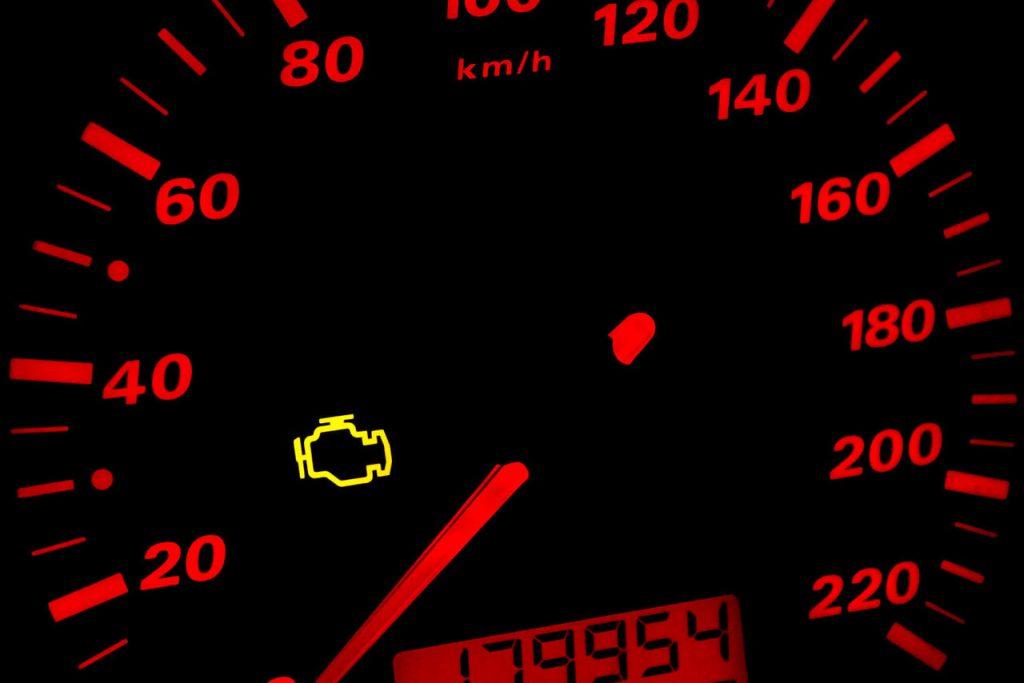


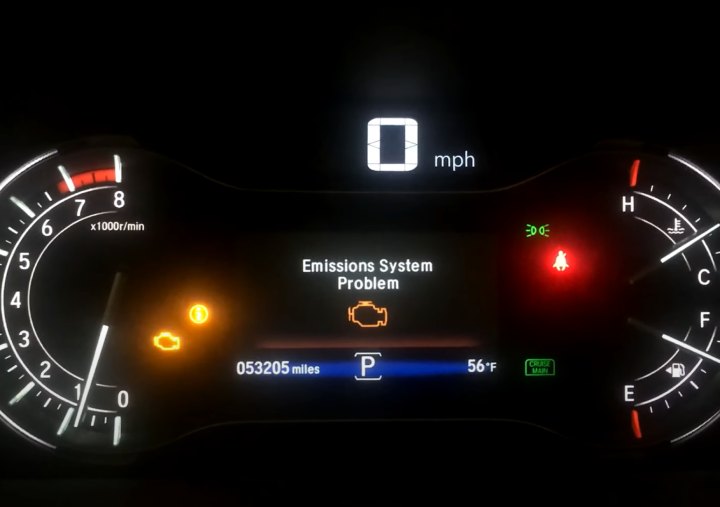

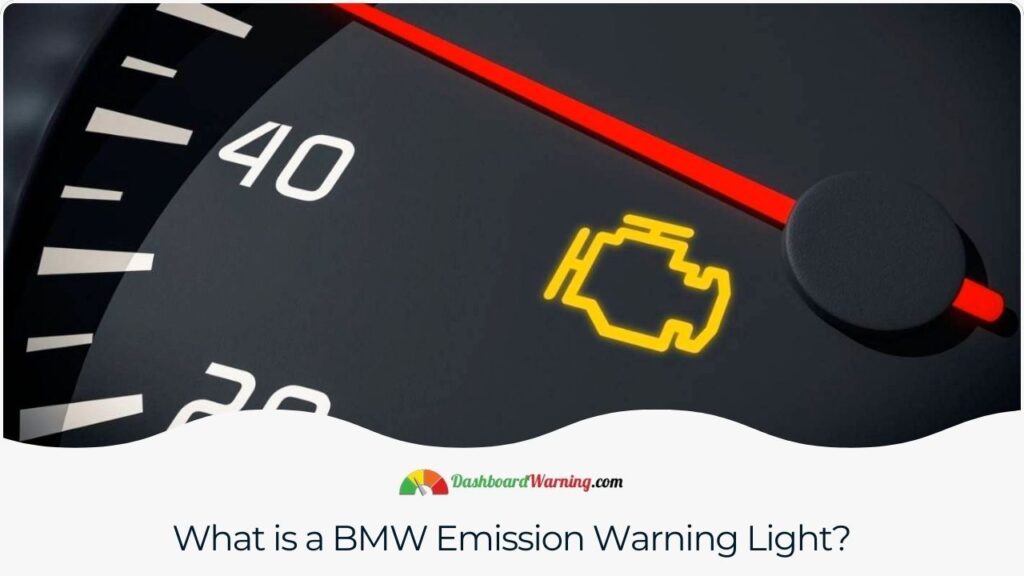
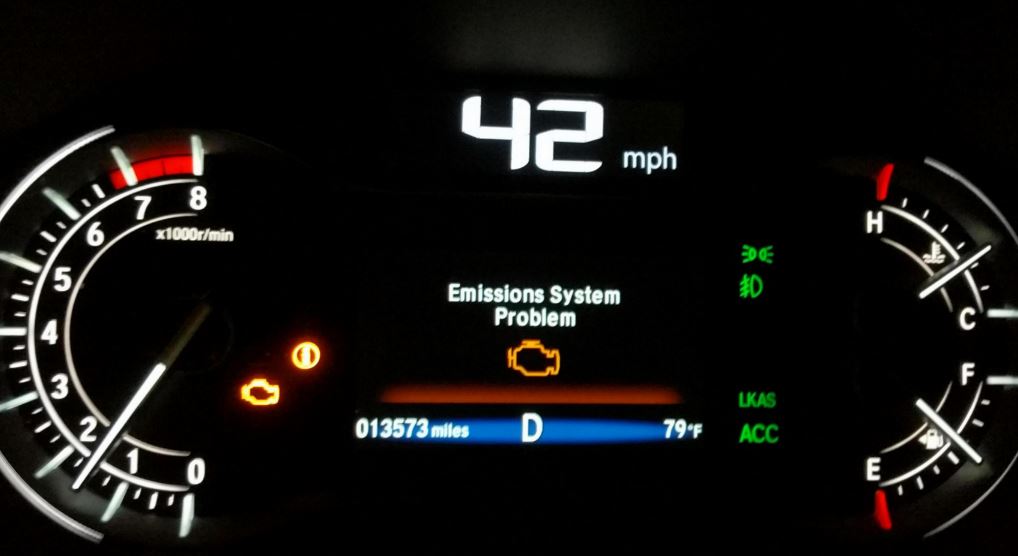
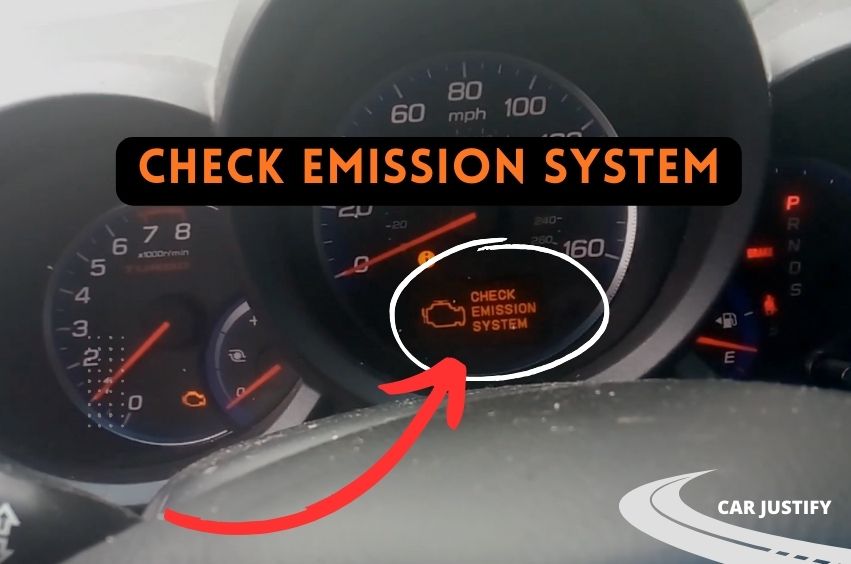
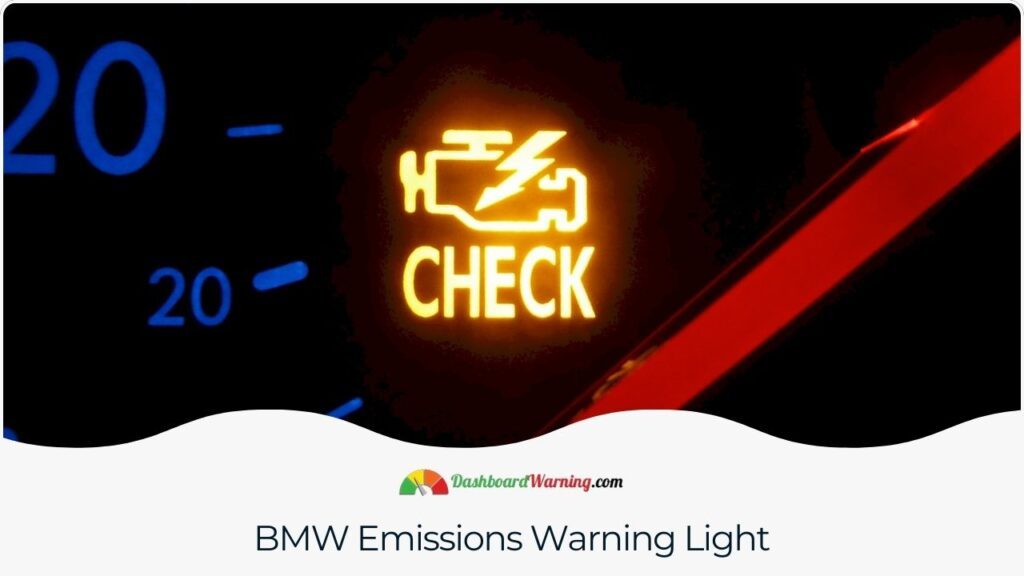
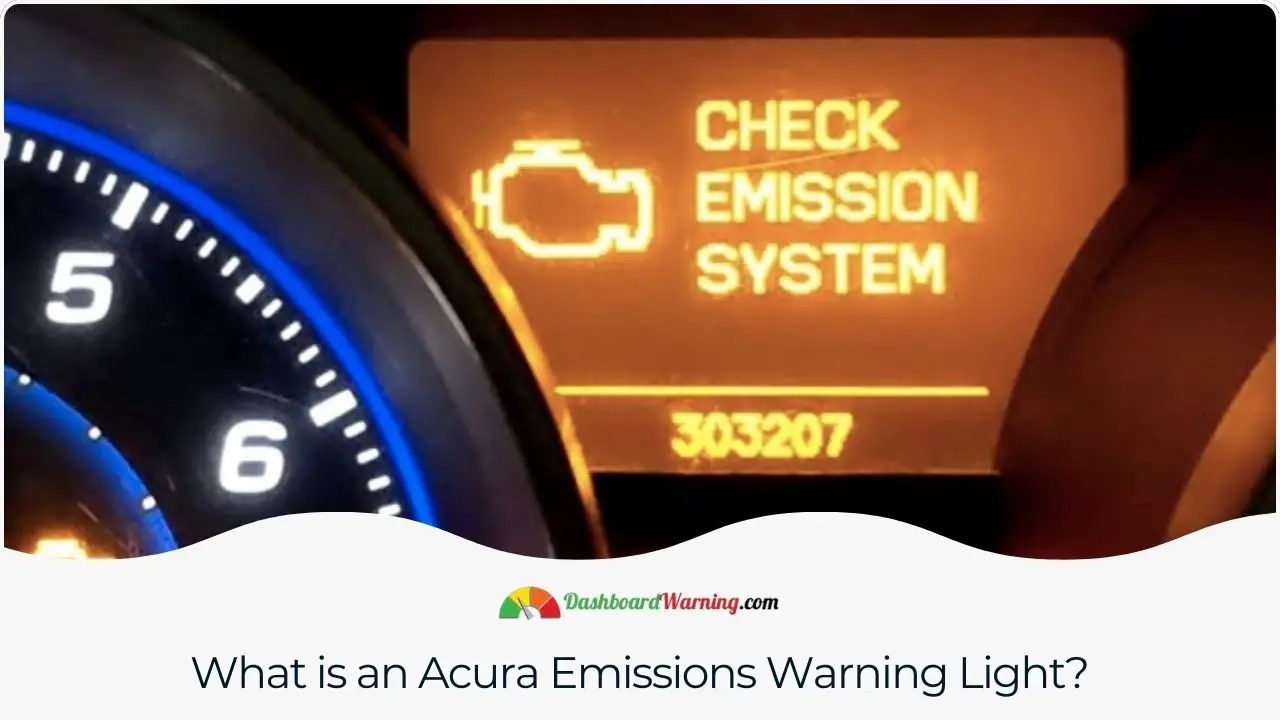

![Is It Safe To Drive With Emissions Light On How To Reset Check Engine Light? [Causes, 5 Solutions] – Mechanic Times](https://mechanictimes.com/wp-content/uploads/2023/04/JCjJQ8VsAYM-HD.jpg)

